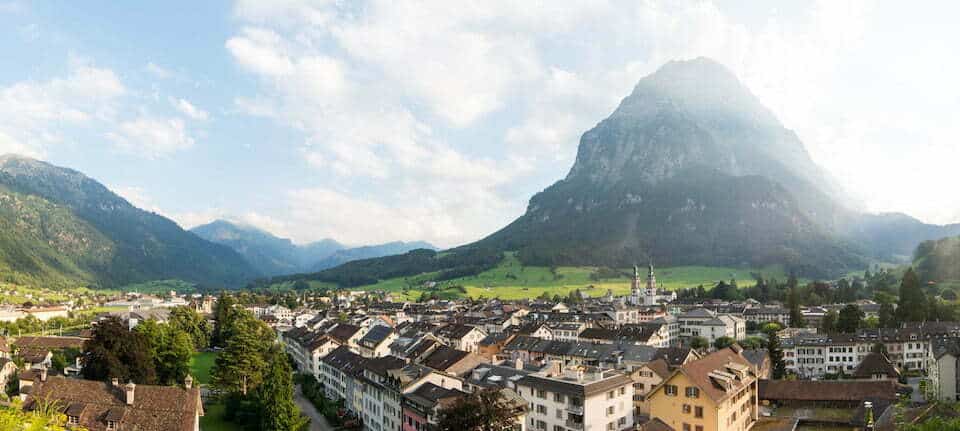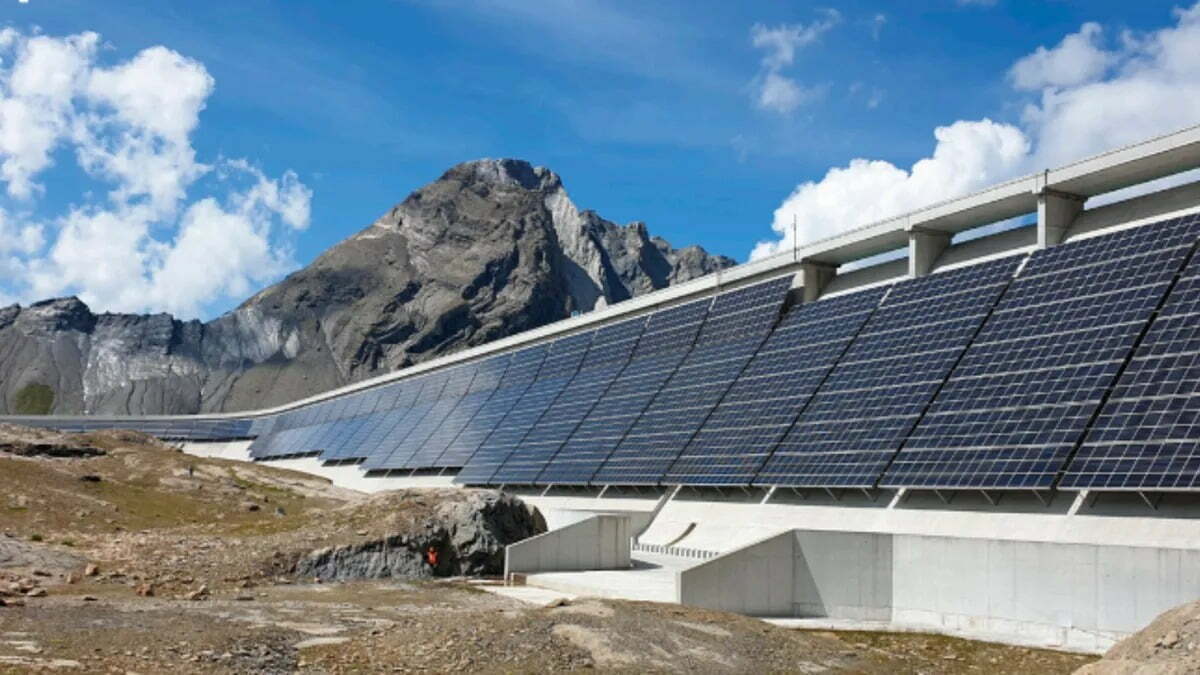The dam on Lake Muttsee in the canton of Glarus will use solar and snow-generated energy to produce 3,3 million kilowatts a year, enough to supply electricity to 700 homes.
To achieve this goal, 5.000 solar panels have been installed along the dam wall, which will add energy to that obtained from the existing hydroelectric plant. In all, the mega panel array is one kilometer wide, and is designed to produce 2,2 megawatts of electricity.
As always, I'll show you the video first.
How does the Alpinesolar system work?
For his project, the energy company axpo opted to use bifacial glass solar modules produced in Switzerland megasol. These panels, fitted with strong 40mm frames, are capable of dealing with the expected snow weight in the Swiss Alps. Yes, the snow.
Why is it better with snow?
According to Axpo, although installing solar panels in snow-filled mountains may seem counterintuitive, the arrays work even better in these regions, especially during winter. The reason? Unlike lower areas (which are dominated by fog during winter), at higher altitudes in Switzerland the sun shines in full force.

Other advantage: white snow reflects sunlight, increasing the performance of solar panels at lower temperatures. Axpo plans to exploit this effect to generate three times as much energy from the sun during the winter months, such as February and March, compared to the rest of the year.
Switzerland, the land of the sun?
The Alpinesolar plant is only the latest in a series of activations that are taking Switzerland on the rapid path of transition from nuclear to renewables. Last year, the Swiss government amended its energy law specifically to allow faster approvals for new solar plants in the country.
If you add that last July the Swiss country also launched a gigantic “water battery”, it is appropriate to say: with the mountain sun (and not only) the world gains.


